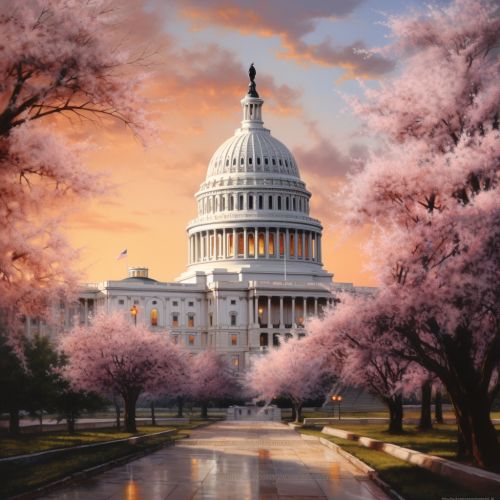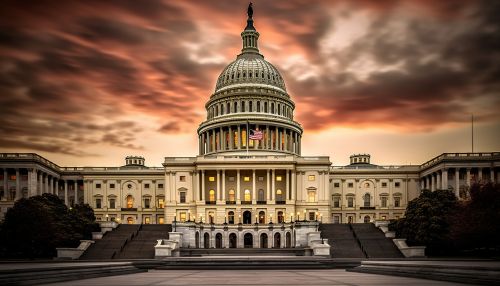Federalism in the United States
Overview
Federalism in the United States is a complex system of government in which power is divided between a central authority, the federal government, and individual states. This system, outlined in the U.S. Constitution, allows each level of government to have its own sphere of authority, while also sharing power on some issues.


Historical Background
The concept of federalism was born out of the need for a strong central government that could oversee the newly independent states after the American Revolution. The Articles of Confederation, the first constitution of the United States, provided a weak central government and gave most of the power to the states. However, this arrangement proved problematic, leading to the drafting of the U.S. Constitution in 1787, which established a stronger federal government with powers specifically delegated to it, reserved to the states, or shared between the two.
Principles of Federalism
Federalism is based on several key principles. The first is dual sovereignty, where the federal government and the states each have their own areas of authority. The second is the supremacy clause, which asserts that federal law takes precedence over state law when the two conflict. The third is the elastic clause, which allows the federal government to make laws necessary and proper for carrying out its duties.
Evolution of Federalism
Federalism in the United States has evolved over time, with shifts in the balance of power between the federal government and the states. This evolution can be divided into several phases, including dual federalism, cooperative federalism, and new federalism.
Dual Federalism
Dual federalism, also known as layer-cake federalism, is a form of federalism where the powers and policy assignments of the government layers are distinct. This form of federalism was dominant from the 1790s to the 1930s.
Cooperative Federalism
Cooperative federalism, also known as marble-cake federalism, is a concept of federalism in which national, state, and local governments interact cooperatively and collectively to solve common problems. This form of federalism emerged during the New Deal era and continued through the 1960s.
New Federalism
New federalism is a political philosophy of devolution, or the transfer of certain powers from the United States federal government back to the states. This form of federalism was championed by President Richard Nixon and continued by Presidents Ronald Reagan and Bill Clinton.
Federalism Today
Today, federalism continues to shape American politics and policy. Issues such as healthcare, education, and environmental regulation are all influenced by the interplay between federal and state powers. The ongoing debates over the scope of federal power versus states' rights reflect the dynamic and evolving nature of federalism in the United States.
